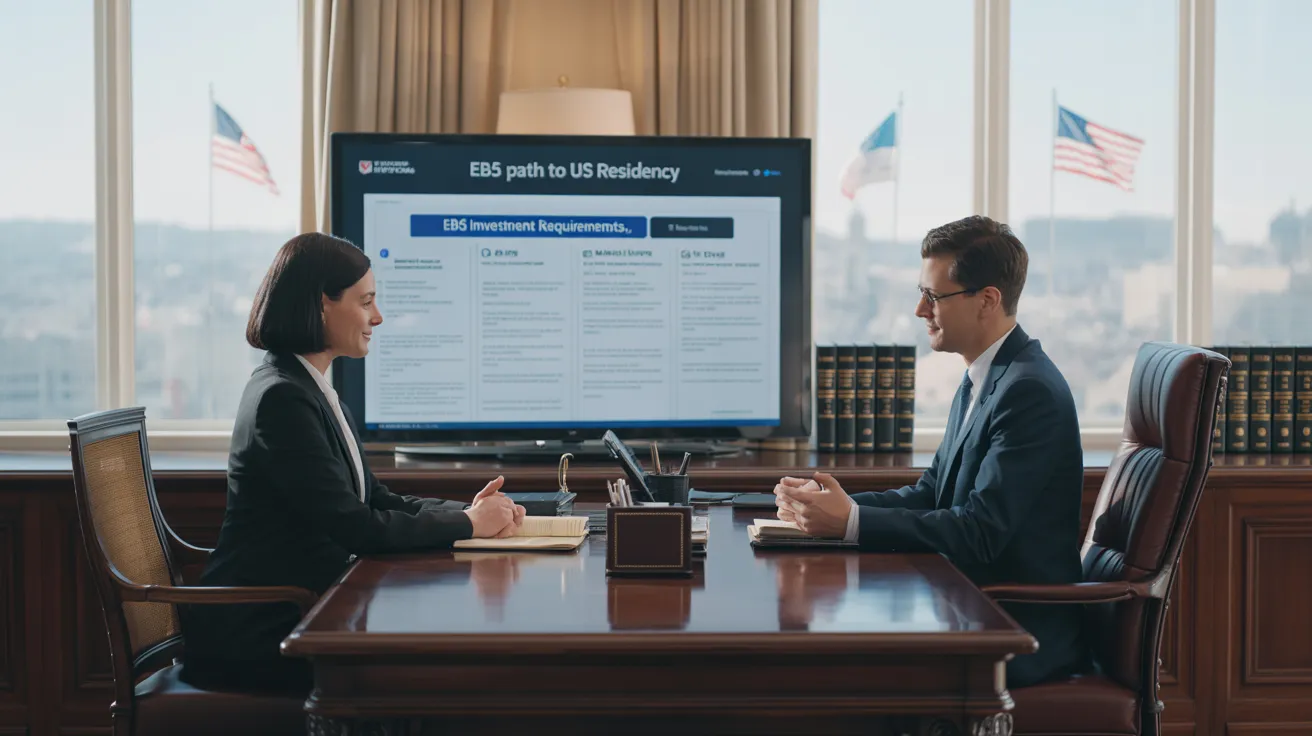L1 Visa for Investors
Wiki Article
L1 Visa Fundamentals Explained
Table of ContentsNot known Details About L1 Visa The Basic Principles Of L1 Visa 7 Simple Techniques For L1 VisaTop Guidelines Of L1 VisaThe Definitive Guide for L1 VisaWhat Does L1 Visa Do?
Readily Available from ProQuest Dissertations & Theses International; Social Scientific Research Premium Collection. DHS Office of the Assessor General. Fetched 2023-03-26.
U.S. Department of State. Obtained 2023-02-08. Tamen, Joan Fleischer (August 10, 2013).
The L1 Visa Ideas
In order to be eligible for the L-1 visa, the foreign firm abroad where the Beneficiary was used and the united state business must have a qualifying relationship at the time of the transfer. The various kinds of qualifying partnerships are: 1. Parent-Subsidiary: The Parent indicates a company, firm, or other lawful entity which has subsidiaries that it possesses and controls."Subsidiary" indicates a company, company, or other legal entity of which a parent possesses, directly or indirectly, greater than 50% of the entity, OR possesses less than 50% yet has monitoring control of the entity.
Business A has 100% of the shares of Company B.Company A is the Parent and Company B is a subsidiary. There is a qualifying connection between the 2 firms and Business B need to be able to sponsor the Beneficiary.
Business A has 40% of Firm B. The continuing to be 60% is had and controlled by Company C, which has no relationship to Business A.Since Business A and B do not have a parent-subsidiary partnership, Business A can not sponsor the Beneficiary for L-1.
Instance 3: Firm A is included in the united state and wishes to petition the Recipient. Business B is incorporated in Indonesia and utilizes the Recipient. Company A possesses 40% of Business B. The remaining 60% is owned by Firm C, which has no relationship to Company A. However, Firm A, by formal agreement, controls and full manages Business B.Since Company A possesses less than 50% of Firm B but manages and regulates the company, there is a certifying parent-subsidiary connection and Business A can sponsor the Recipient for L-1.
The smart Trick of L1 Visa That Nobody is Discussing
Affiliate: An affiliate is 1 of 2 subsidiaries thar are both had and managed by the exact same moms and dad or person, or possessed and regulated by the very same group of individuals, in essentially the same ratios. a. Instance 1: Business A is incorporated in Ghana and employs the Recipient. Business B is integrated in the U.S.Company C, additionally included in Ghana, possesses 100% learn more of Firm A and 100% of Company B.Therefore, Business A and Firm B are "associates" or sister firms and a certifying connection exists in between both companies. Company B ought to be able to fund the Beneficiary. b. Instance 2: Company A is integrated in the united state
Firm A is 60% had by Mrs. Smith, 20% possessed by Mr. Doe, and 20% owned by Ms. Brown. Firm B is integrated in Colombia and currently employs the Recipient. Firm B is 65% had by Mrs. Smith, 15% had by Mr. Doe, and 20% had by Ms. Brown. Company A and Firm B are associates and have a qualifying partnership in two different ways: Mrs.
The L-1 visa is an employment-based visa group developed by Congress in 1970, permitting international companies to transfer their supervisors, executives, or key workers to their U.S. operations. It is frequently described as the intracompany L1 Visa requirements transferee visa. There are 2 primary kinds of L-1 visas: L-1A and L-1B. These kinds appropriate for workers worked with in various placements within a business.

Furthermore, the beneficiary must have operated in a managerial, executive, or specialized employee setting for one year within the 3 years preceding the L-1A application in the foreign firm. For new office applications, international employment needs to have been in a managerial or executive capability if the beneficiary is pertaining to the USA to work as a manager or exec.
Unknown Facts About L1 Visa

If approved for a united state firm operational for greater than one year, the first L-1B visa is for as much as 3 years and can be expanded for an added two years (L1 Visa). Alternatively, if the L1 Visa law firm united state business is newly developed or has actually been functional for much less than one year, the initial L-1B visa is issued for one year, with extensions offered in two-year increments
The L-1 visa is an employment-based visa category established by Congress in 1970, allowing international companies to move their supervisors, execs, or vital workers to their United state operations. It is frequently referred to as the intracompany transferee visa.
The Of L1 Visa
Additionally, the recipient should have worked in a supervisory, executive, or specialized staff member setting for one year within the three years coming before the L-1A application in the foreign business. For new office applications, international employment needs to have remained in a managerial or executive capacity if the beneficiary is coming to the USA to work as a manager or executive.for up to seven years to look after the operations of the U.S. associate as an executive or manager. If issued for a united state firm that has been operational for more than one year, the L-1A visa is initially approved for up to 3 years and can be extended in two-year increments.
If given for a united state company functional for greater than one year, the initial L-1B visa is for as much as 3 years and can be expanded for an extra 2 years. On the other hand, if the united state company is freshly developed or has actually been operational for much less than one year, the preliminary L-1B visa is provided for one year, with expansions available in two-year increments.
Report this wiki page